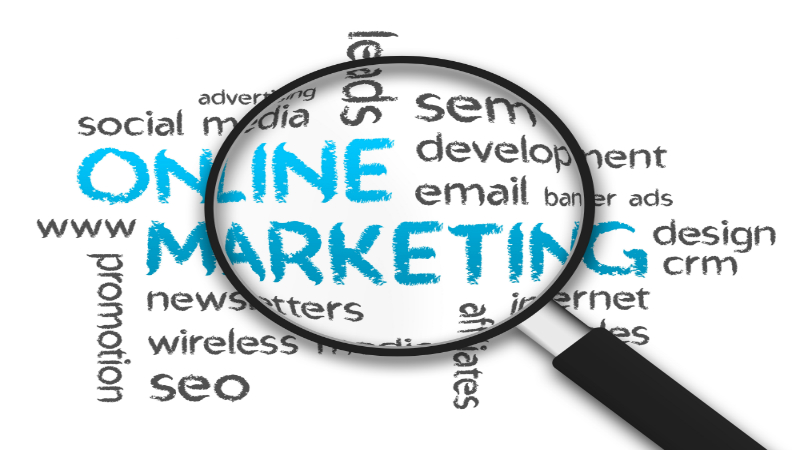Providing information to the decision-makers in a company is not always easy. It can be even more of a challenge when the information is about the supply chain and all the implications this has for sales, marketing, ordering of raw materials and even how to ensure plants and manufacturing facilities are operating at peak efficiency.
Even a company offering a limited number of products, goods or services will have a complex supply chain. Through supply chain visualization software, it will become easier to provide this complex information in a way that is logical, accurate and resonates in a meaningful way with all involved shareholders.
Raw Data Doesn’t Work
Standard types of supply chain management software or enterprise resource planning (ERP) systems are designed to provide massive amounts of raw data. This is typically compiled in databases and delivered, in real-time, as requested through the system.
These massive amounts of raw data are mind-numbing to review. They can include minute by minute scans and tracking of specific items, all broken down into categories and data samples that allow the system to provide just what is requested.
Having the ability to use a software program to convert this data into supply chain visualization report will be extremely helpful in sharing this information. It can also be instrumental in quickly detecting abnormalities in the supply chain from bottlenecks to areas where there is optimal efficiency.
Options to Consider
From the massive amounts of raw data collected over a day, week, month or any stipulated period of time, supply chain visualization can create a range of different types of graphs and charts.
Not only will these representations show trends, but they can also show clusters and deviations from averages or from the other data in the set. This data could also be superimposed on maps or used to compare different facilities within a company to each other or to a set of expectations through graphing and charting.





